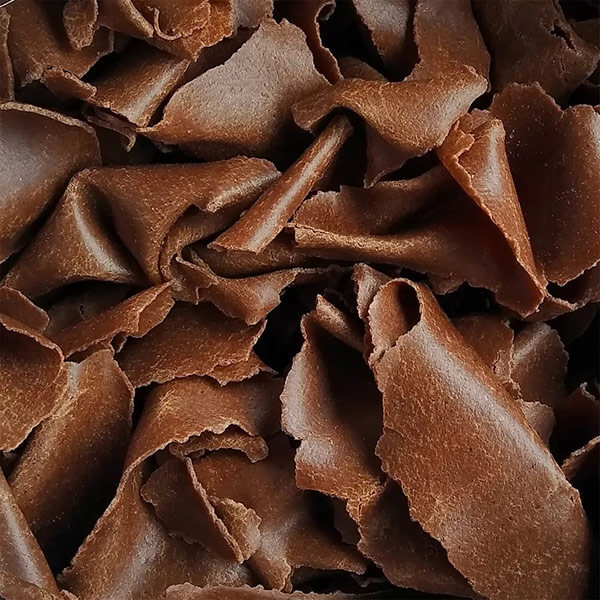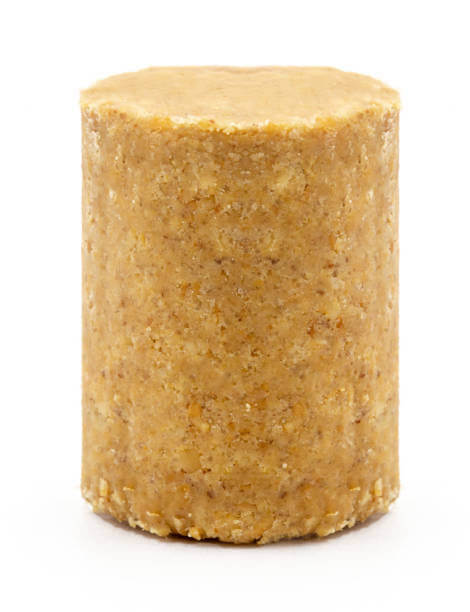


Abstract
Peanut in the form of flour, protein concentrates, protein isolates, and meal in a mixed product have been found to be very desirable from a sensory quality and health point of view. Peanut protein is deficient with respect to certain essential amino acids, but its true digestibility is comparable with that of animal protein.

Introduction
Peanut is the world's fourth most important source of edible vegetable oil and the third most important source of vegetable protein feed. Defatted peanut meal, with 50–60% high value protein, was largely underutilized as animal feed.
Assuming the level of production of 10.1 million Mt of groundnut in year 2020, there would be about 1.90 million metric tonnes of groundnut proteins (after correcting for the kernel yield). Thus there should be about 2.6 to 2.8 g of groundnut protein available per capita per day in the world. This translates into approximately 5.5 percent of the total protein requirements of the world. The obvious reason for low consumption of groundnut protein in India is that out of 10.1 million Mt of groundnuts produced every year, 80 percent are utilized for oil extraction, 12 percent for seed purpose, 2.7 percent for export and the remaining 5.3 percent of protein rich cake resulting from oil extraction is fed to the animals as protein supplement.
Peanut protein isolate (PPI) extracted from the peanut meal was reported to possess poor functional properties and the application was greatly limited. Usually, the functional properties of proteins are of key interest to manufacturers of pharmaceutical, food, and cosmetic products. Therefore, the promising approach is desirable to improve the functional properties of PPI.
According to protein percentage the peanut meal is classified into three different types they are,
| S. No. | Protein percentage | Types |
|---|---|---|
| 1 | 60-65 | Fully Defatted Peanut Flour (FDPF) |
| 2 | 70-75 | Peanut Protein concentrate (PPC) |
| 3 | 90-95 | Peanut Protein isolate (PPI) |
Few treatments has the possibility of improving functional properties of Peanut protein isolate (PPI) by high-pressure homogenization (HPH) treatment via increasing extraction yield and enzymatic hydrolysis of the PPI, which shows better emulsifying capacity, foam capacity and foam stability, with high water holding and fat adsorption capacities. In addition, peanut peptide exhibited antioxidant properties. This can provide a better utilization of the peanut by-product as a food additive for humans.
Conclusion
Various processing methods influence the nutritional and sensory quality of peanut protein fortified human foods are under development in order to optimize the utilization of peanut protein to increase protein value of cereal-based foods in developing countries of the peanut growing regions of the world.
Reference
B. SINGH & U. SINGH 1 Department of Food Science, Alabama A & M University, Normal, AL 35762, USA (lpresent address." International Crops Research Institute for Semi-ArM Tropics (ICRISA T), Patancheru, A.P., India)
Keywords
Peanut, Peanut protein supplement, Peanut defatted meal, Peanut Protein Isolate, Peanut Protein Concentrate
Key Takeaways
Defatted peanut meal, with 50–60% high value protein, was largely underutilized as animal feed.
By high-pressure homogenization (HPH) treatment with enzymatic hydrolysis of the PPI, this shows better functional properties.
Peanut peptide exhibited antioxidant properties, which can provide a better utilization of the peanut by-product as a food additive for humans.
